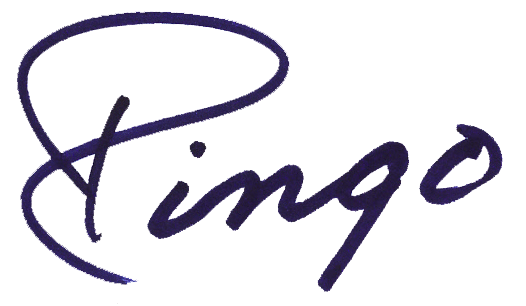Robert G. Hardie learned his bagpipe making skills from Robert Reid and later made bagpipes for R G Lawrie. After WWII he had a brief business relationship with Hector Russell Bagpipes and with Piobmor Highland Industries before opening his own business in 1950.
Hardie Bagpipes enjoyed great popularity and demand in the 1950's, 1960's and early 1970's. Hardie chanters also won several World Championships during those years. These chanters are still greatly respected by solo pipers.
Hardie Bagpipes enjoyed great popularity and demand in the 1950's, 1960's and early 1970's. Hardie chanters also won several World Championships during those years. These chanters are still greatly respected by solo pipers.
Here's are a few wonderful examples of 1950's and 1960's vintage Hardie bagpipes with catalin fittings. Once upon a time these were plentiful however you see fewer and fewer each year. The dark orange catalin holds a special appeal to me as it speaks so richly of the era in which they were built. Of course, the catalin would have started its life being pure white!
This is a very nice example of a Hardie bagpipe with silver by Frederick Narborough. The Hallmarks indicate that the silver was tested in Birmingham in 1950.
Early Hardie bagpipes are often mistaken as Henderson bagpipes, perhaps because of the general profile and perhaps because of the "Henderson" style of the cord beads. Generally speaking, there are a few reliable means of identifying RG Hardie bagpipe.
You will often find that the proportions of ring to wood to bushing are both inconsistent from piece to piece and un-Henderson. The wood is generally narrower.
The cut-in atop the projecting mounts exceeds the OD of the facing ferrule. With a post 1900 Henderson, they are always the same.
The shoulder atop the tuning chambers is always cut very square. With a Henderson bagpipe the cut-in is tapered.
Internally, some of the bores line up with Henderson bagpipes and others do not. The small-bore on a Hardie bagpipe will be considerably small than the small-bore on a Henderson bagpipe.
R.G. Hardie














